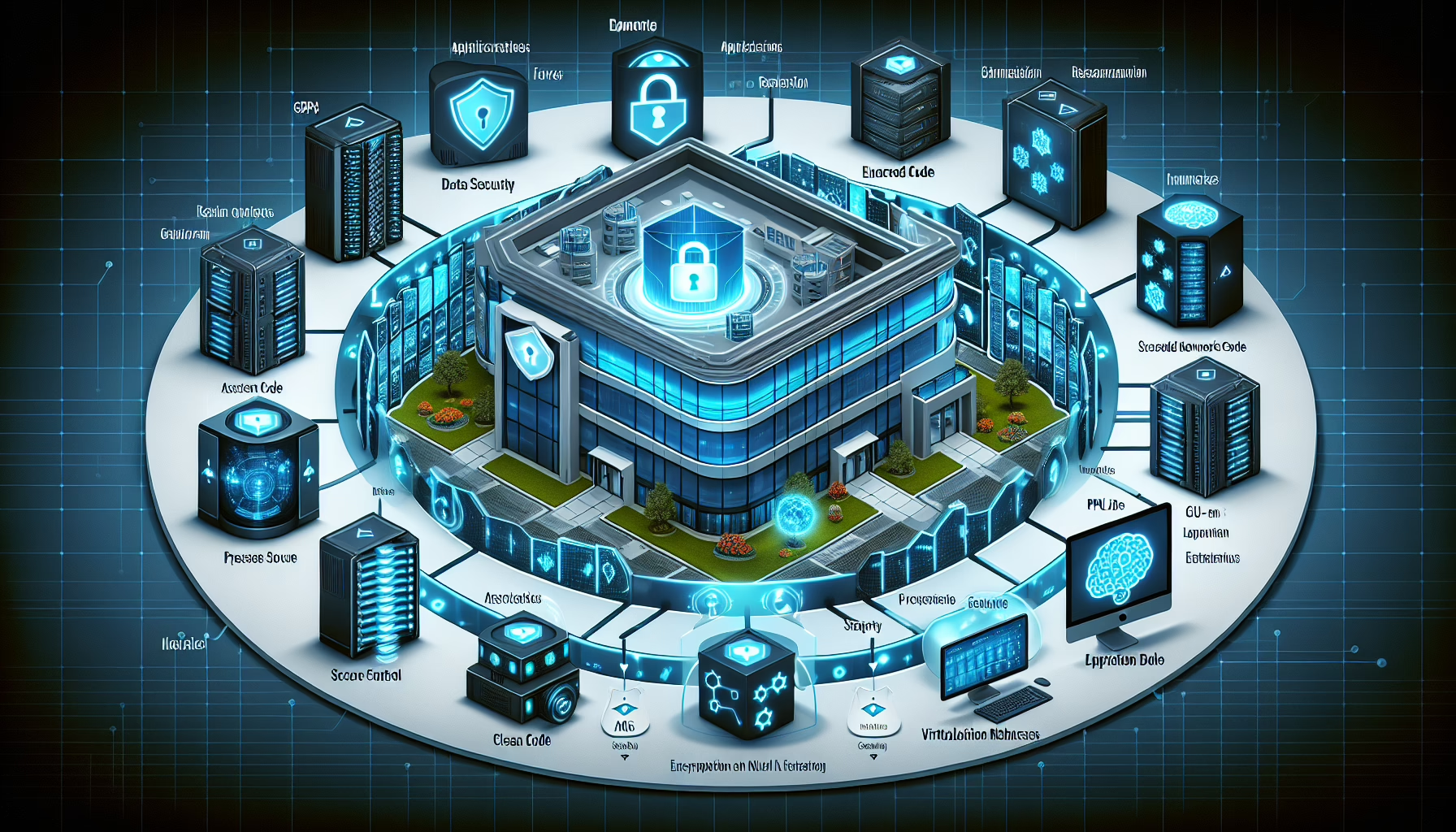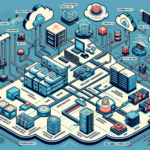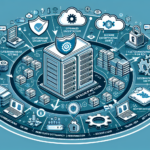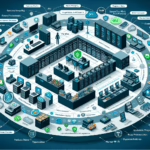Securing an IT infrastructure for research and development (R&D) environments is critical, especially given the sensitive data, intellectual property, and experimentation that often takes place in such settings. Below are steps and best practices to ensure a robust security posture for R&D environments:
1. Understand the R&D Environment and Data
- Classify Data: Identify and categorize sensitive data (e.g., intellectual property, proprietary research, customer data).
- Risk Assessment: Conduct a risk assessment to understand the vulnerabilities and potential threats specific to the R&D environment.
- Separation of Development and Production: Ensure strict segregation between development, testing, and production environments.
2. Access Control and Identity Management
- Role-Based Access Control (RBAC): Implement RBAC to ensure users only have access to the resources they need.
- Multi-Factor Authentication (MFA): Require MFA for all users accessing critical systems.
- Zero Trust Model: Adopt a Zero Trust approach, ensuring all users and devices are verified before granting access.
- Privileged Access Management (PAM): Monitor and secure privileged accounts used by administrators and researchers.
3. Network Security
- Segmentation: Use VLANs or software-defined networking (SDN) to segment R&D networks from other parts of the organization.
- Firewall Rules: Configure firewalls to limit traffic to and from the R&D environment.
- VPNs and Secure Remote Access: Provide encrypted VPNs for remote access to R&D systems.
- Intrusion Detection and Prevention Systems (IDS/IPS): Deploy IDS/IPS to monitor and block malicious activity.
4. Endpoint Security
- Patch Management: Ensure all R&D workstations, servers, and devices are updated regularly.
- Endpoint Protection: Install antivirus, anti-malware, and endpoint detection and response (EDR) tools.
- Device Encryption: Encrypt all laptops, mobile devices, and external storage used by researchers.
- Secure BYOD Policies: Implement policies for personal devices accessing R&D systems.
5. Data Security
- Encryption: Encrypt sensitive data both at rest and in transit.
- Backup and Recovery: Implement a robust backup strategy, ensuring backups are encrypted and stored securely.
- Data Loss Prevention (DLP): Use DLP solutions to prevent unauthorized sharing or leakage of sensitive data.
6. Application and Software Security
- Secure Coding Practices: Ensure developers follow secure coding standards.
- Code Reviews: Conduct regular code audits and vulnerability scans on applications.
- Container Security: For Kubernetes and other containerized environments, implement image scanning, runtime security, and namespace isolation.
- Dependency Management: Regularly update libraries and frameworks to avoid vulnerabilities in third-party components.
7. Kubernetes and Virtualization Security
- Kubernetes Best Practices:
- Use RBAC within Kubernetes clusters.
- Restrict access to kube-apiserver and use network policies.
- Scan container images for vulnerabilities before deployment.
-
Monitor cluster activity using tools like Prometheus, Grafana, or specialized security solutions (e.g., Aqua, Sysdig).
-
Virtualization Best Practices:
- Isolate VMs for different projects or departments.
- Use hardened hypervisor configurations.
- Regularly patch hypervisors and virtual machines.
8. GPU and AI Security
- Secure AI Models: Protect AI models and training data from theft or manipulation.
- GPU Access Control: Restrict access to GPU resources to authorized users and groups.
- Monitor Resource Usage: Use tools to monitor GPU utilization and detect any unauthorized activities.
- Cybersecurity in AI Pipelines: Secure AI pipelines, ensuring data integrity and preventing adversarial attacks.
9. Physical Security
- Restricted Access: Limit physical access to data centers, server rooms, and labs to authorized personnel only.
- Surveillance: Use cameras and monitoring systems to secure critical areas.
- Environmental Controls: Ensure proper environmental controls (e.g., temperature, humidity, fire suppression) are in place.
10. Monitoring and Incident Response
- Real-Time Monitoring: Use Security Information and Event Management (SIEM) systems to monitor logs and alerts.
- Incident Response Plan: Develop and regularly test an incident response plan tailored to the R&D environment.
- Audit Logs: Maintain detailed logs of all system activity for forensic analysis.
- Threat Intelligence: Stay informed on emerging threats and vulnerabilities.
11. Training and Awareness
- Security Training: Educate researchers, developers, and IT staff on cybersecurity best practices.
- Phishing Awareness: Conduct regular phishing simulations and training.
- Policy Enforcement: Ensure staff understand and adhere to policies regarding data handling and system access.
12. Regular Assessments
- Penetration Testing: Perform regular penetration tests to identify weaknesses in the infrastructure.
- Vulnerability Scanning: Run automated vulnerability scans on servers, containers, and endpoints.
- Compliance Checks: Ensure compliance with relevant regulations (e.g., GDPR, HIPAA, industry standards).
13. Cloud-Based R&D Security
If your R&D infrastructure is partially or fully cloud-based:
– Cloud Security Posture Management (CSPM): Use CSPM tools to identify misconfigurations.
– Encryption in Cloud: Ensure all data stored in the cloud is encrypted.
– Shared Responsibility Model: Understand the division of security responsibilities between your team and the cloud provider.
By implementing these measures, you can significantly reduce the risk of data breaches, intellectual property theft, and other cybersecurity threats in your R&D environment. Security is an ongoing process, so continuous monitoring, updating, and staff training are essential.




